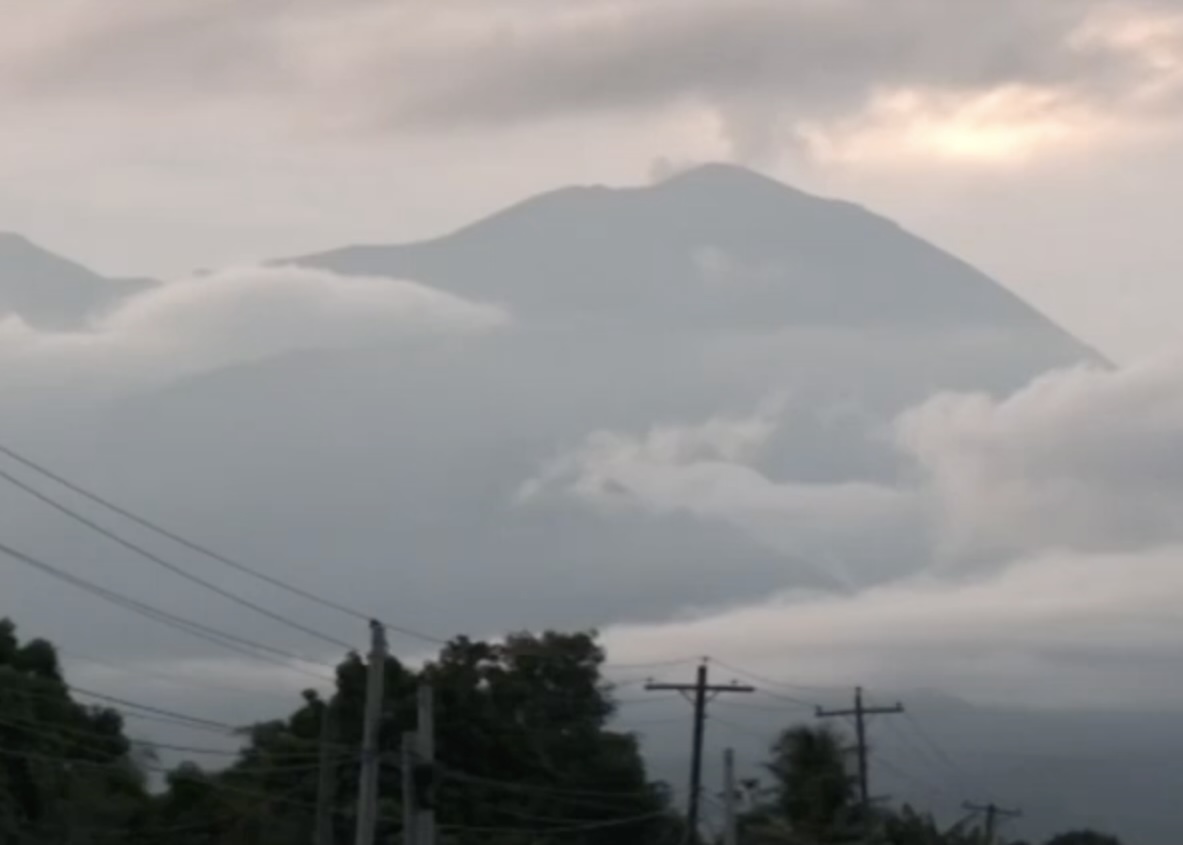With the continued increase in Kanlaon volcano's seismic activities and sulfur dioxide levels, Office of Civil Defense (OCD) Region 6 (Western Visayas) and OCD Region 7 (Central Visayas) are preparing for a worst-case scenario.
Experts have recorded increasing volcanic earthquakes and continued rise in sulfur dioxide levels in Mount Kanlaon, according to OCD Region 6 in a Joint Pre-Disaster Risk Reduction Assessment with OCD Region 7 on July 5, 2024 attended by the mayors of six towns and a city affected by the eruption on June 3, 2024, as well as government agencies.
"In the worst-case scenario event ng Canlaon City, ang pinaka-worst case scenario is dapat 14 kilometers radius from the crater. Kapag nag-14 kilometers ka lalabas ka ng Canlaon City," according to Joel Erestain, OCD 7 director.
The participation of the town of Vallehermoso in Negros Oriental is also engaged in the pre-disaster risk reduction assessment because it is seen as one of the areas to get affected under a 14-kilometer-radius danger zone, Erestain added.
A month and two days since the recent eruption of Mount Kanlaon, 67 volcanic earthquakes and 3,779 tons of sulfur dioxide flux were recorded by experts at the Philippine Institute of Volcanology and Seismology (PHIVOLCS).
Mount Kanlaon’s recent phreatic eruption affected five towns in the Province of Negros Occidental, as well as five barangays in Canlaon City in the Province of Negros Oriental.
Director Erestain said that even though there were more towns affected in Negros Occidental, but the impact has been felt more in Negros Oriental of the Central Visayas Region because Canlaon City is a vegetable basket in the Visayas.
Damage to agriculture in the affected areas in Region 7 reached P149 million, while damage to agriculture in affected places in Negros Occidental was pegged at P20 million.
Erestain said that of all volcanoes in the country today, they are focused tightly in monitoring Mount Kanlaon, most especially of its unpredictability.
"Like last year pala, pumutok pala sya last year without yung...wala talagang ano...walang warnings. Walang activities na nagsasabi na maari siyang pumutok. Tapos simula noon, ganun lang, tataas, bababa. Ganun lang siya. Nag-i-increase ng activities then bababa. Sometimes sending false signals," Erestain added.
Since the volcano’s phreatic explosion on June 3, 2024, personnel of OCD 7 have kept watch at the Command Center to guide accordingly the local and city disaster teams.
Further, OCD 7 pointed out that the 3,779 tons of sulfur dioxide emission on July 4, 2024, are so far the highest recorded since June 3, 2024; while the 67 volcanic earthquakes are the second highest number of quakes recorded since June 3, 2024.
OCD 6 and OCD 7 are set to meet again for further discussions, Erestain also said.



